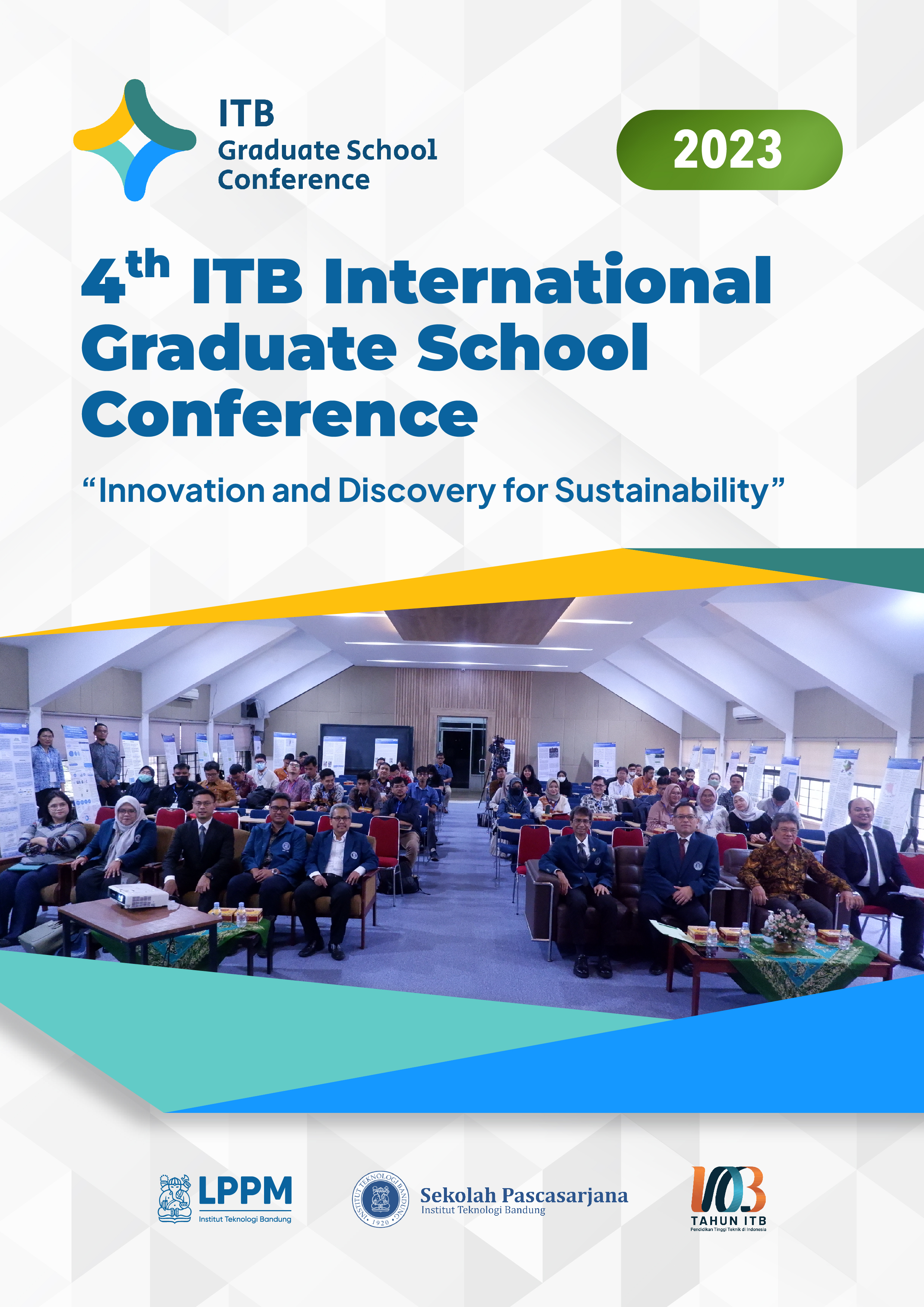Synthesis of Active Matrix from Kaolin for Cracking Catalyst
Keywords:
active matrix, FCC, kaolin, silica-aluminaAbstract
The demand for fuel oil grows in tandem with population and economic development. The process of obtaining fuel from heavy-fraction feed is known as fluid catalytic cracking (FCC). Zeolite, active matrix, filler, and binder are the components of FCC catalysts. To pre-crack large feed, the active matrix is used. Matrix can be synthesized using kaolin. The purpose of this research is to obtain the best active-matrix variation with the optimum physical characteristic and acidity. The variations used were Si/Al = 6-14. The physical characteristics of the active matrix were characterized by nitrogen physisorption and the acidity by NH3-TPD. The findings revealed that the cracking conversion and product composition are depends on physical characteristic and the acidity of matrix. The best matrix variation is SA14 with Si/Al = 14 producing matrix with surface area of 88.43 m2/g, average pore diameter of 176.56 Å, pore volume of 0.39 cm3/g, acidity of 0.130 mmol NH3/g, and light cycle oil (LCO) acquisition of 18.78%-wt.
Downloads
References
[2] Chen, S., Li, T., Cao, G. & Guan, M., Amorphous silica-alumina, a carrier combination and a hydrocracking catalyst containing the same, and processes for the preparation thereof, US Patent 6723297 B2, 2004.
[3] Lloyd, L., Handbook of Industrial Catalysis, Wiley-VCH, pp. 169-210, 2011. doi: 10.1007/978-0-387-49962-8_5.
[4] Olaremu, A.G., Odebunmi, E.O., Nwosu, F.O., Adeola, A.O. & Abayomi, T.G., Synthesis of Zeolite from Kaolin Clay from Erusu Akoko Southwestern Nigeria, 43, pp. 381-786, 2018.
[5] Basaldella, E.I., Sanchez, R.M.T., Tara, J.C, Iron Influence in The Aluminosilicate Zeolites Synthesis, Clays and Clay Minerals, 46(5), pp. 481-486, 1998. doi: 10.1346/CCMN.1998.0460501.
[6] Subagjo, Rahayu, E. S., Samadhi, T. W. & Gunawan, M.L., Synthesis of NaY Zeolite using Mized Calcined Kaolins, Journal of Engineering Technological Science, 47, pp. 633-639, 2015. doi: 10.5614/j.eng.technol.sci.2015.47.6.4
[7] Moodi, F., Ramezanianpour, A.A., Safavizadeh, A.S., Evaluation of The Optimal Process of Thermal Activation of Kaolins, Scientia Iranica, 18(4), pp. 906-912, 2011. doi: 10.1016/j.scient.2011.07.011.
[8] Silverman, L. D., Winkler, S., Tiethof, J. A. & Witoshkin, A., Matrix Effect in Catalytic Cracking, NPRA Annual Meeting, 1986.
[9] Sadeghbeigi, R., Fluid Catalytic Cracking Handbook, pp. 1-39, 2000. doi: 10.1016/b978-088415289-7/50002-0.
[10] Xu, S., Zhang, Q., Feng, Z., Meng, X., Zhao, T., Li, C., Yang, C. & Shan., H., A high-surface-area silicoaluminophosphate material rich in Brønsted acid sites as a matrix in catalytic cracking, Journal of Natural Gas Chemistry, 21(6), pp. 685-693, 2012. doi: 10.1016/S1003-9953(11)60420-9.
[11] Takkawatakarn, T., Praserthdam, S., Wannakao, S., Panpranot, J., Praserthdam, P., Identifcation of Extremely Hard Coke Generation by Low‑Temperature Reaction on Tungsten Catalysts Via Operando and in Situ Techniques, Scientific Reports 11, pp. 1-10, 2021. doi: 10.1038/s41598-021-86949-x


